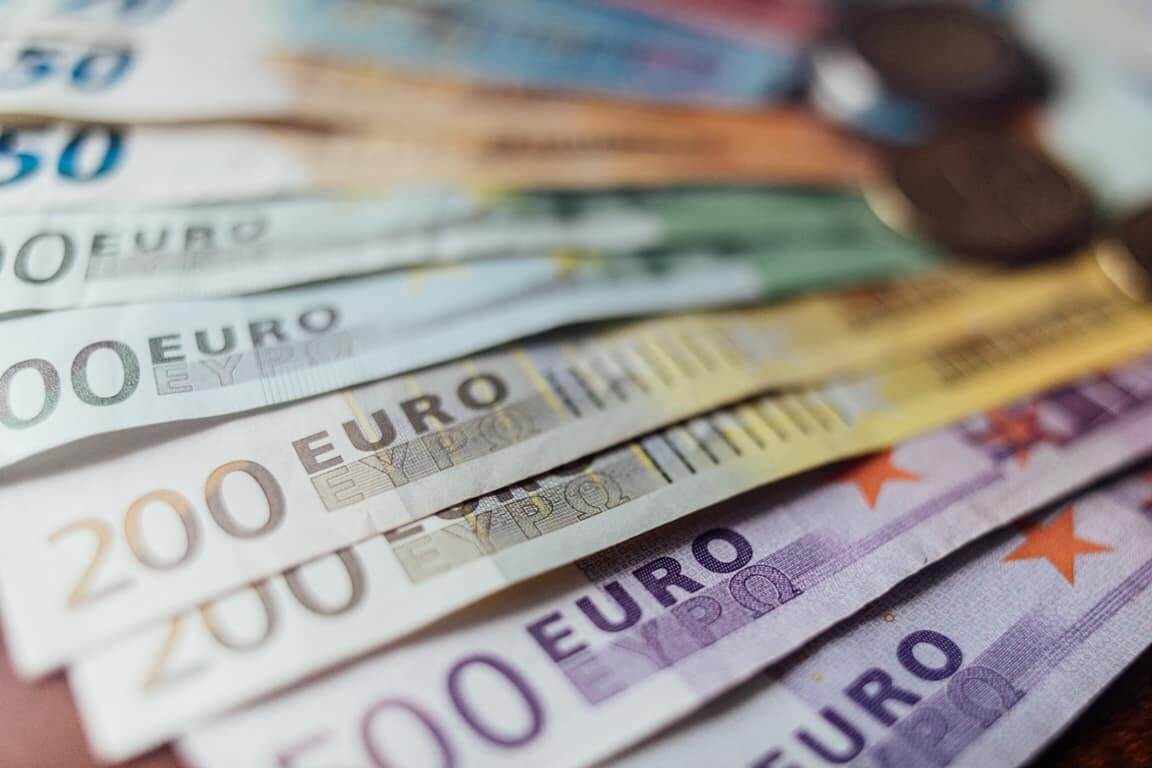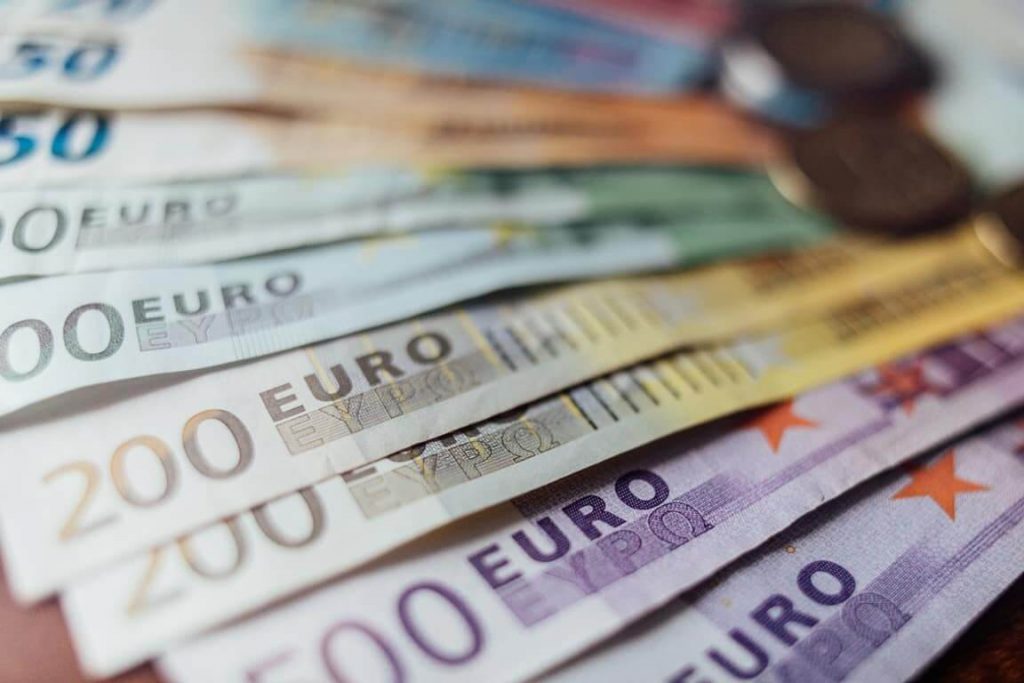
Euro gained Tuesday while the U.S. dollar remained low
Euro zone bond yields skyrocketed on Tuesday, with two-year German borrowing costs jumping over two-week highs. According to a new report, the European Central Bank plans to discuss whether to hike rates by 25 or 50 basis points on Thursday. The central bank has flagged that it would increase rates by 25 bps at its July policy meeting to contain record-high inflation. Thus, the news that it could consider a bigger move came as somewhat of a surprise to Forex markets.
Investors now price in roughly a 60% chance of a 50-bps rate increase this week, up from around 35% on Monday. Arne Petimezas, the senior analyst at AFS Group, noted that they have no clue now what the ECB will do on Thursday.
Meanwhile, Russian gas flows via the Nord Stream 1 pipeline seem to restart on time on Thursday. The company completed its scheduled maintenance, and this news also pushed yields higher. Analysts worried that a shortage of gas supplies from Russia could potentially push some euro area economies into recession.
Germany’s two-year bond yield is sensitive to near-term rate expectations. It soared by around 12 bps to its highest level over two weeks at around 0.66%. Moreover, benchmark 10-year bond yields hit around 10 bps higher across the eurozone on the day.
How is the EuroEuro faring now?
Last week, the EuroEuro plunged below parity against the U.S. dollar for the first time in two decades. However, it exchanged hands 1% higher at $1.0256 on Tuesday. A rate hike from the ECB this week would be it’s first since 2011. The bank follows aggressive moves by other major central banks, all of them aiming to get on top of red-hot inflation.
However, Nordea chief analyst Jan von Gerich stated that it would be surprising if they go for a 50 bps increase because the signaling from the majority of policymakers has been for a 25 bps move. Considering how far the ECB has gone to hold onto its forward guidance, it would be difficult to break from that for now.
Besides, policymakers are also working on a deal to provide help for indebted countries such as Italy on bond markets if they stick to European Commission rules on budget discipline and reforms. That news may have helped support Italy’s 10-year bond yield. The latter dropped back after initially surging on the ECB report. It traded at 3.42% at last, just a bit higher on the day.
Economists think that deploying a new tool has been complicated by a political crisis in Italy. They expect Prime Minister Mario Draghi to address parliament on Wednesday. He tried to resign last week after the populist 5-Star Movement refused to back the government in a confidence vote at the Senate. However, President Sergio Mattarella rejected that resignation, and it is still unclear whether Draghi will change his mind. Von Gerich added that there needs to be more carnage in Italian bonds before the European Central bank takes action.
What about the EM currencies?
Currencies in Latin America rallied against a retreating dollar on Tuesday. Mexico’s peso jumped after new inflation estimates fueled bets that the central bank will increase interest rates again at its upcoming meeting.
Analysts expect the report to show that in the first half of July, inflation in Latam’s second-largest economy remained at levels not seen since January 2001. Such forecasts raised bets that the Bank of Mexico would increase its key rate once again at its August meeting following a record 75 basis point rise in June.
William Jackson, the chief emerging markets economist at Capital Economics, stated that a recovery in currencies comes on the back of very large drops last week. However, it’s going to be a challenging environment over the rest of the year if the U.S. Federal Reserve continues tightening aggressively.
The greenback eased from two-decade highs as FX markets pared bets of a 100-basis point increase by the Fed next week. At the same time, Brazil’s real added 0.9%.
On Tuesday, Chile’s peso also surged forward by 2%, leading regional gains for a third consecutive day. An intervention last week by the central bank supported the struggling currency. Colombia’s peso climbed up by 0.3%, as well.
Meanwhile, the Russian rouble surged past 55 against the U.S. dollar to a more than two-week high. This week, its central bank will likely trim the key rate by 50 basis points to 9%.


